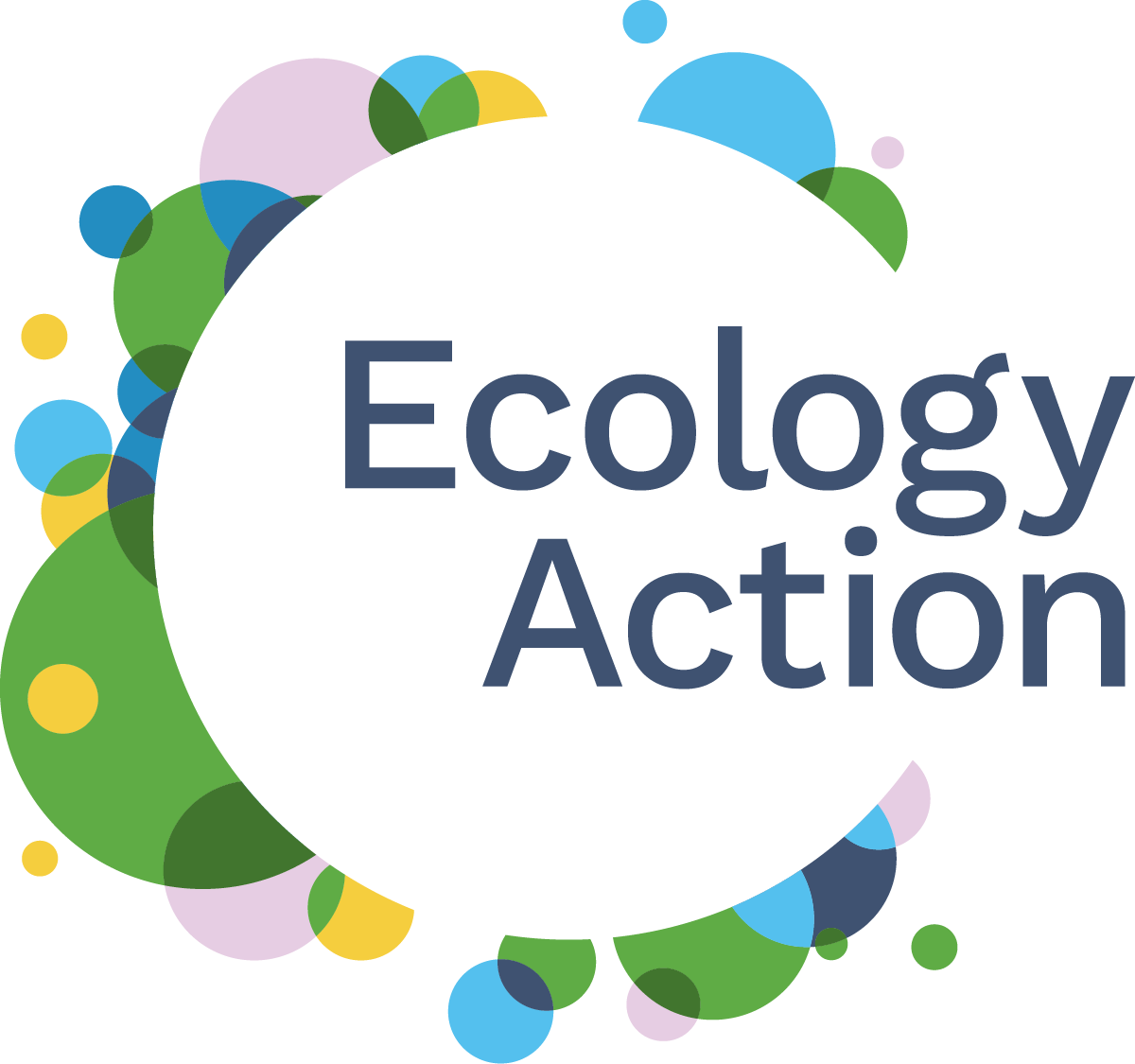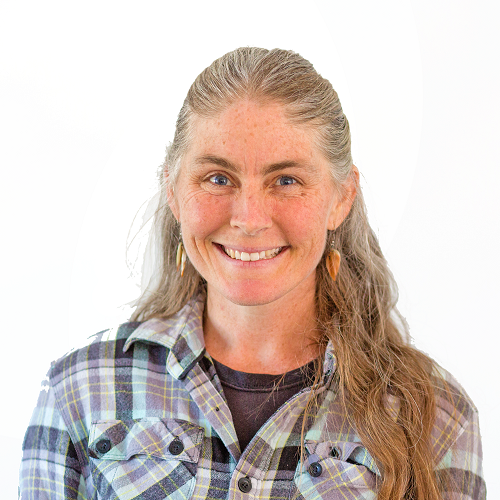Article |
Putting the Power of Partnerships to Work in Water Conservation
Old sayings like “two heads are better than one” and “teamwork makes the dream work” may sound trite, but there’s a good deal of truth to them when it comes to expanding the reach and effectiveness of water-conservation programs. Creating partnerships between nonprofit organizations and water utilities in implementing water-conservation programs can greatly expand the impact of those initiatives and maximize the savings they produce.
Nonprofits can bring valuable resources to the table that are absent when utilities try to go it alone with their water-conservation efforts.
- Trust: A nonprofit’s ties to the community and mission-driven purpose create a feeling of trust with customers that may be lacking in programs run solely by profit-driven entities or government agencies.
- Connections: Reciprocal relationships that nonprofits have with public officials, community groups, contractors, and other nonprofits can greatly expand a program’s reach and scope.
- Flexibility: Nonprofits are able to try new ideas that aren’t burdened by lengthy approval processes. Such organizations can also hire staff quickly and scale programs as needed.
- Volunteers: Nonprofits can often count on a corps of volunteers committed to the organization’s mission in order to implement grassroots outreach and community-based social-marketing campaigns.
Case in point is WaterLink, a direct-installation program that Ecology Action administered with San Francisco Bay Area and Monterey Bay Area water utilities, including the Bay Area Water Supply and Conservation Agency and Valley Water. WaterLink provided water- and energy-efficiency upgrades to residents and businesses in underserved communities of the San Francisco Bay Area, Monterey Bay Area, and Santa Clara Valley. In its three-year run, which ended in 2019, the program
- helped nearly 25,000 limited-means families, businesses, and schools reduce their water use;
- saved 827 million gallons of water; and
- offered technical services in multiple languages in hard-to-reach communities that traditionally do not participate in agency rebate programs.
In addition to achieving an impressive amount of water and cost savings, WaterLink benefitted its target communities by offering job training to local residents, helping them improve their professional skills, and creating career paths.
Another example of how partnerships make programs more effective is Valley Water’s Greywater Direct Install Program. Valley Water joined forces with Ecology Action to offer free or low-cost laundry-to-landscape systems in underserved communities. The collaboration enabled senior citizens, veterans, and low-income and disabled people who couldn’t afford to hire a contractor to install laundry-to-landscape greywater systems that reuse laundry water to irrigate gardens. This program installed seventy greywater systems in eight months, more than the district’s greywater rebate program installed in the last five years.
In addition to expanding the scope and outreach of programs, nonprofits can use their expertise to provide other services to water agencies. For example, Ecology Action conducted R&D on indoor uses of rainwater allowed under state code and partnered with agencies to streamline permitting processes and design model ordinances for local governments.
Partnerships can be created by having the water utility contract directly with the nonprofit organization or by supporting the nonprofit with match dollars to apply for a grant on behalf of one or more water utilities. Creating such partnerships to implement water-conservation programs achieves better results than going it alone.

